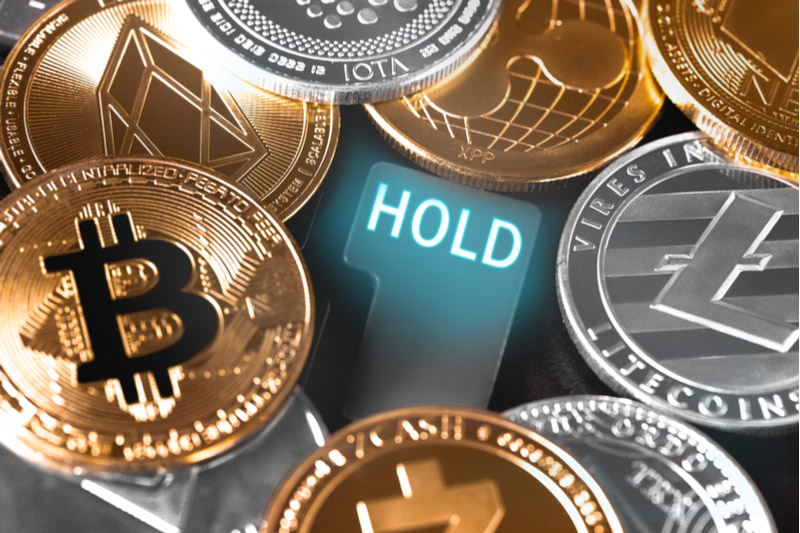- Synthetic assets have been gaining traction in the DeFi ecosystem
- Singapore-based SynFutures is breaking barriers for small investors in the DeFi derivatives market
- SynFutures lets various assets be synthesized and freely traded
Decentralized finance (DeFi) is rapidly changing the financial markets by bringing more and more services to the blockchain. Financial instruments such as synthetic assets have been gaining popularity in the DeFi ecosystem.
For the uninitiated, synthetic assets aka synths are the tokenized clones that derive their value from an underlying asset like stocks, bonds, NFTs, cryptocurrencies, commodities, currencies, and interest rates. Derivative products such as options, futures, and swaps that represent an underlying asset are all synthetic products.
The boom in DeFi derivatives
Derivatives have been popular in the traditional financial system for a long time. People trade derivatives to hedge their bets, leverage, or benefit from the underlying asset’s growth. Though DeFi derivatives are still in their infancy, the total value of derivatives in TradFi is estimated at more than $1 quadrillion. It’s only a matter of time before much of this value moves to synthetic assets on the blockchain.
Synthetic assets give traders and investors much-needed exposure to different financial instruments without having to own the underlying asset (including non-blockchain-based assets) or leaving the crypto ecosystem. Unlike traditional derivatives, synths can:
- be minted by anyone.
- be traded by anyone on any crypto exchange.
- be sent and received by anyone through crypto wallets
- easily be switched to other assets; for example, one can easily switch silver for gold in exchange.
Leveling the playing field
Singapore-based SynFutures – which raised $14 million from Polygon, Pantera, and other investors in September – is breaking the barriers for small investors in the DeFi derivatives market. Small investors should have easy access to synthetic assets representing large cryptocurrencies, indexes, altcoins, metals, equities, and more.
Ethereum-based Synthetix was among the first to allow DeFi users to trade and mint synthetic assets via its peer-to-peer platform. With synths pegged to precious metals, currencies, and stocks, Synthetix enables traders to gain exposure to these assets.
dYdX is another non-custodial exchange based on the Ethereum blockchain, offering synthetic exposure to various assets. It has implemented a Layer-2 protocol in partnership with StarkWare to let users trade without having to worry about high gas fees. The Layer-2 solution also reduces the minimum trade size. However, SynFutures is betting that the low gas fees, security, and ample liquidity aren’t enough to eliminate barriers to entry for smaller investors. Synthetic asset platforms need to go the extra mile to level the playing field, especially considering we are still in the early days of DeFi.
Besides security, liquidity, and low fees, it brings four unique features to accomplish that:
SynFutures allows a wide variety of assets including Ethereum-native tokens, cross-chain assets, and real-world non-crypto assets to be synthesized and freely traded. SynFutures is easily the next dYdX or Uniswap but with even better and more unique features aimed at small investors.
Closing thoughts
Synths enable investors to break free from the limitations of the traditional financial markets. You can trade blockchain as well as non-blockchain assets and their derivatives with traders across the globe. With the adoption of blockchain technology and the rise of interest in synthetic assets, several derivatives platforms have emerged – and will continue to emerge – on different blockchains. However, SynFutures stands out because of its user-generated market, single token model, and solid risk management.
